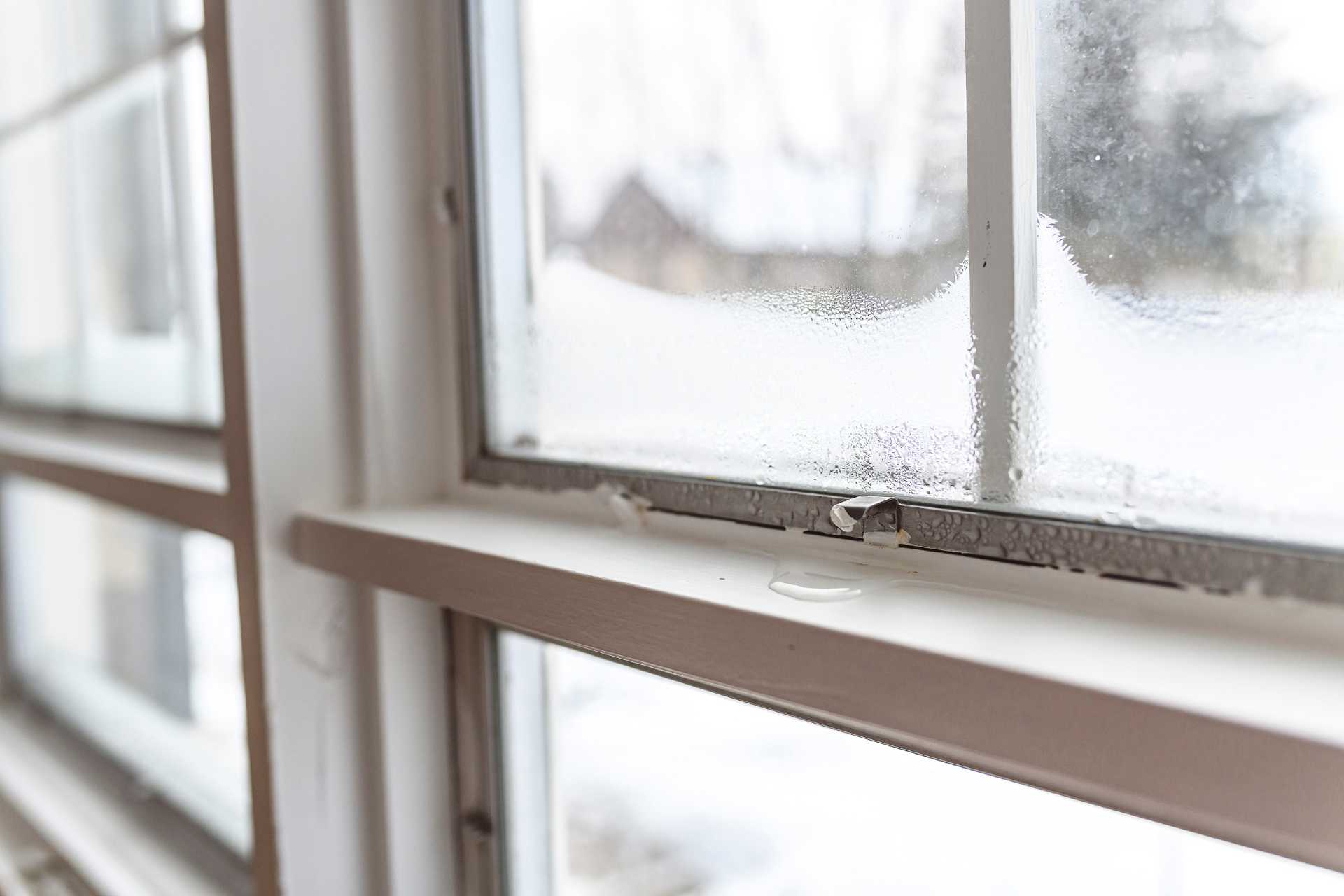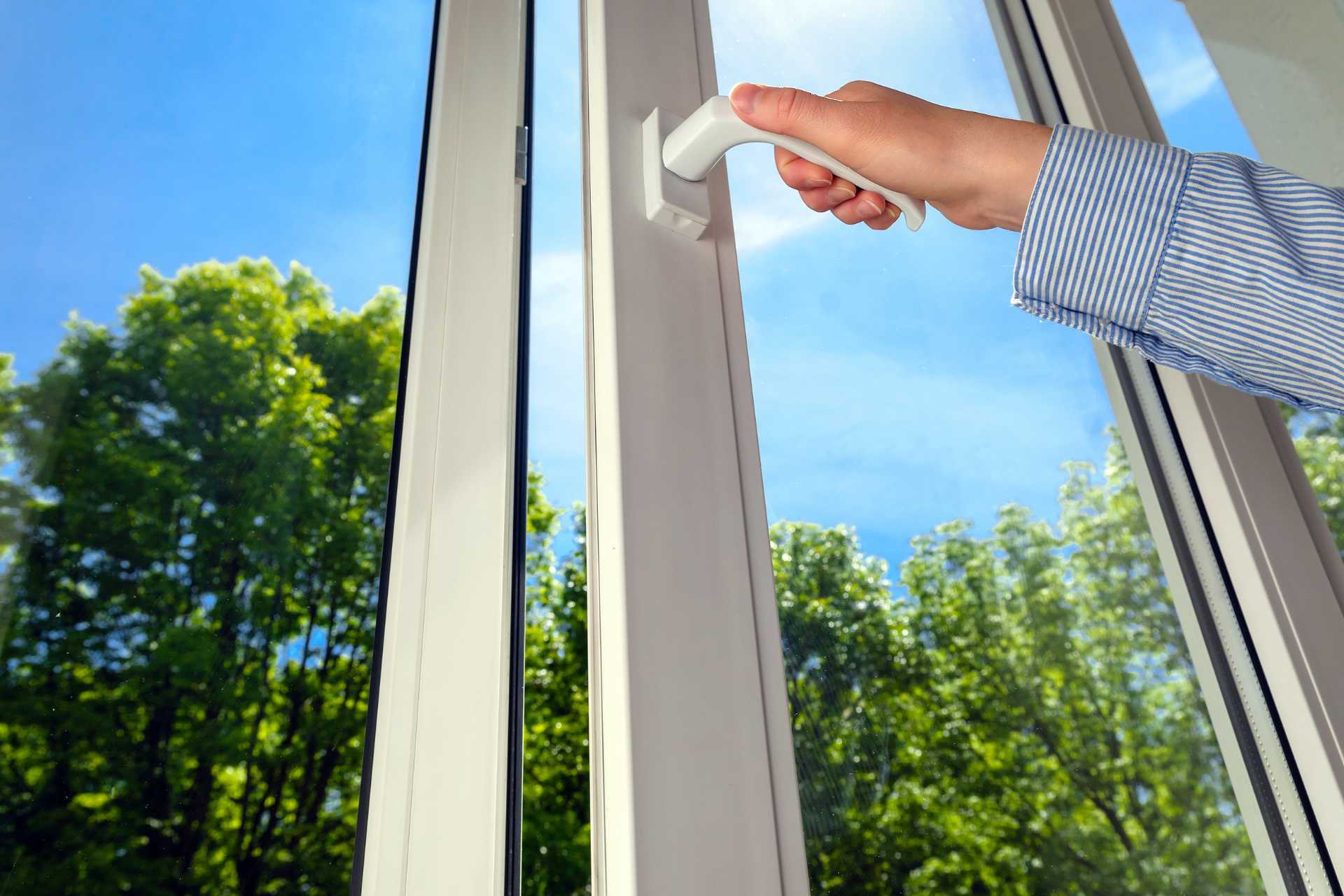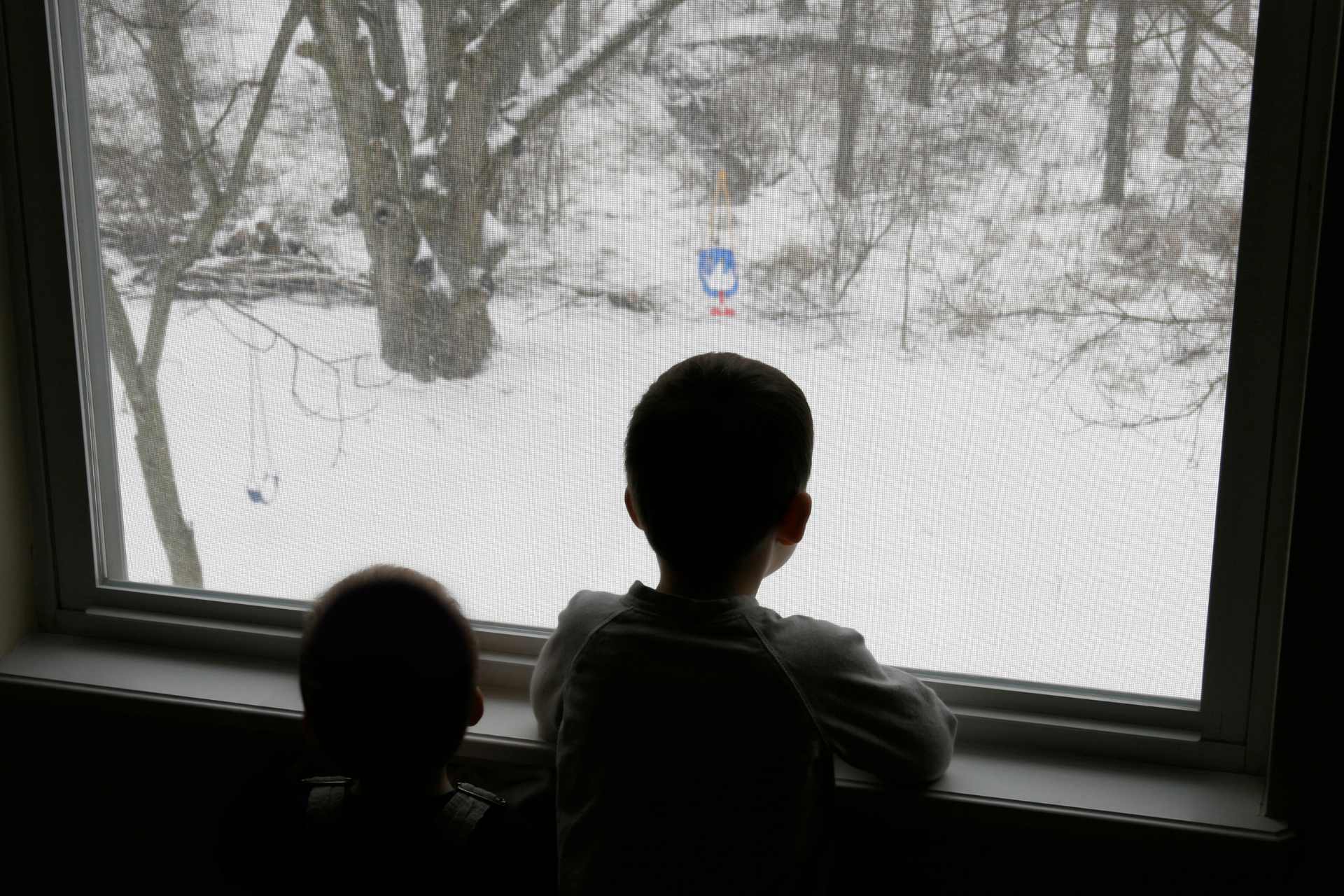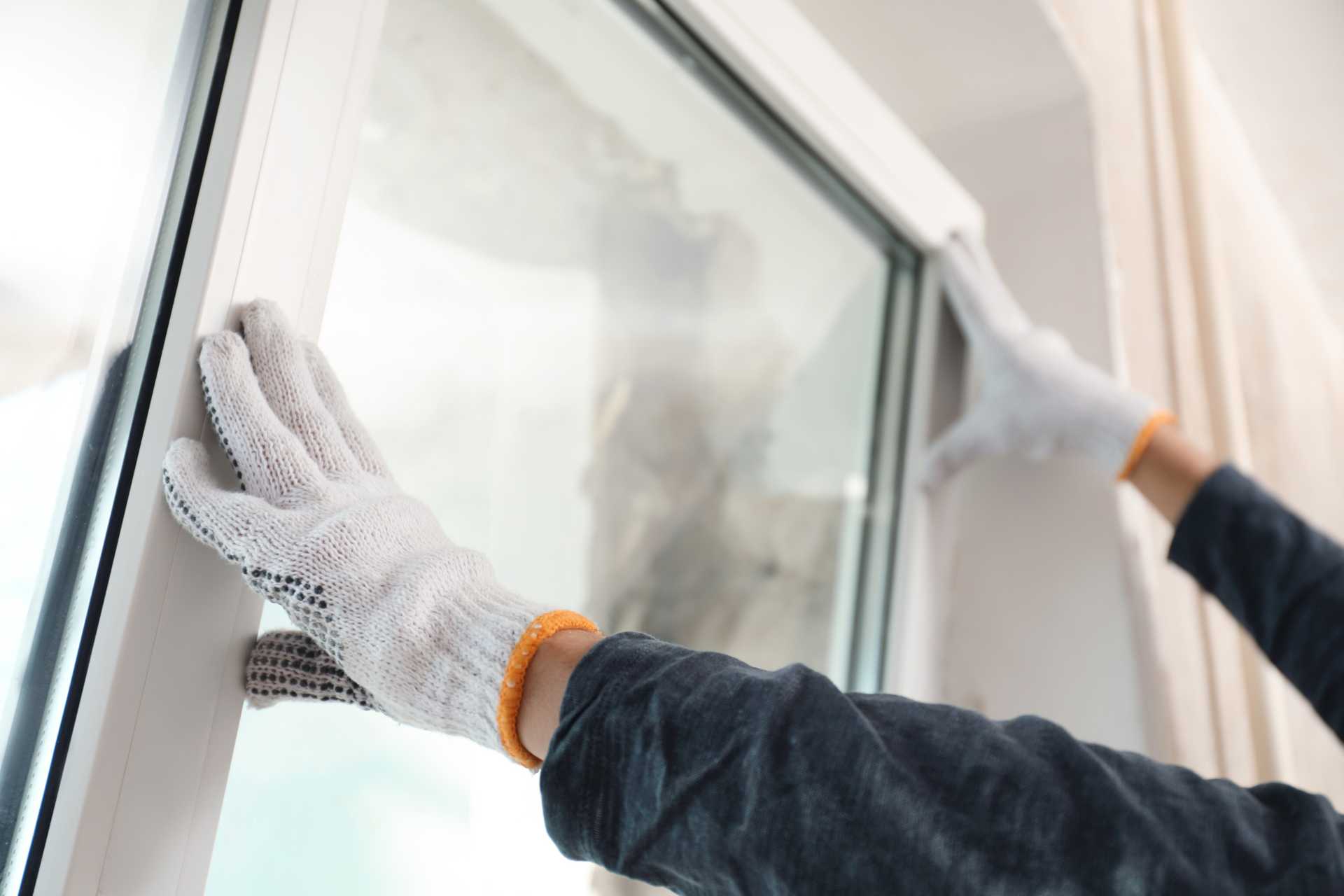When chilly breezes make their way through the crevices of your home, it might be time to check for drafts and air leaks around your windows. Such issues can lead to significant energy losses and a surge in heating bills. Detecting these leaks early can save you money and make your living space more comfortable. Whether you need a quick fix or a complete window replacement, it’s crucial to tackle these leaks promptly.
Understanding the Basics
Drafts and air leaks in a home occur when external air infiltrates and conditioned air escapes through openings, especially around windows. This issue is most prevalent in older or improperly installed windows. To effectively combat this, it’s essential to understand the most common sources of these leaks:
Frame Gaps: Small separations between the window frame and the house structure can allow air to pass through easily.
Worn Seals: Over time, the seals around windows can degrade, losing their ability to block air.
Improper Installation: Windows that are not installed correctly may have uneven gaps along their edges.
Recognizing these sources is the initial step toward creating a more energy-efficient home. Once identified, appropriate measures can be taken to seal these leaks, thereby improving both comfort and energy savings.
Tools and Materials Needed
When preparing to check for drafts and air leaks, having the right tools on hand is crucial. Here’s what you’ll need:
Incense sticks or a small candle: These are used to detect airflow. The smoke or flame will react if there are air currents, indicating the presence of drafts.
Thermal leak detector or infrared thermometer: These devices can detect temperature differences caused by air leaks, providing a more high-tech solution.
Notepad and pen: Essential for recording the locations and severity of leaks.
To complement these tools, consider having a flashlight to illuminate dark corners and a step ladder to reach higher areas safely. Ensure that your workspace is well-ventilated to prevent any inhalation of smoke or fumes when using incense or candles. Always prioritize safety when using these tools, especially when handling open flames or smoke. Ensure that your workspace is well-ventilated to prevent any inhalation of smoke or fumes.
Visual Inspection
A thorough visual inspection can provide immediate clues about potential air leaks. When inspecting your windows, focus on these areas:
Caulking and Sealant: Check for any cracks, peeling, or gaps in the caulking around the window frame.
Weatherstripping: Look at the condition of the weatherstripping around the window sash. Brittle, cracked, or missing weatherstripping needs replacement.
Window Panes and Frames: Note any signs of damage to the frames or pane seals, which can indicate areas where air may be escaping.
Identifying these visual signs early can help prevent larger issues and provide direct areas to target during more in-depth inspections. Early detection also allows for timely repairs that can significantly reduce the need for more costly interventions later.
Using Physical Techniques
To manually detect drafts around windows, you can use straightforward techniques that are easy to implement:
Hand Test: Simply move your hand around the perimeter of the window on a windy day. Feel for any air movement, which indicates a draft.
Candle or Incense Stick Method: Light a candle or an incense stick and hold it close to the window seams. Watch the smoke or flame; if it flickers or is drawn outward, it points to an air leak.
These methods are effective for finding immediate problem areas and are particularly useful in detecting drafts in accessible window locations. Additionally, they provide a quick and inexpensive way to pinpoint areas that may need more thorough inspection or immediate remedial action.
Advanced Techniques
For a more detailed analysis, advanced techniques using modern technology can uncover less visible drafts:
Thermal Leak Detectors: These devices highlight temperature differences near windows, showcasing even minor drafts that aren’t detectable through physical methods.
Infrared Thermometers: Point an infrared thermometer around the window edges to detect cooler temperatures, indicative of potential leaks.
These tools are especially beneficial in large homes or for checking windows that are difficult to reach with traditional methods.
Interpreting Signs and Symptoms of Leaks
Understanding what different signs of window leaks indicate can help you decide on the appropriate course of action:
Fogging between Panes: This often suggests a failure in the window’s sealant, potentially requiring professional repair or replacement.
Visible Gaps: These can usually be fixed with caulking or weatherstripping, but extensive gaps might necessitate more serious measures, such as window replacement.
Recognizing and interpreting these signs correctly can save time and money by addressing the root cause of air leaks effectively.
Temporary Fixes
If replacing windows immediately isn’t viable, several temporary solutions can lessen the impact of drafts:
Temporary Caulking: Apply this along noticeable gaps during colder months and remove it when the weather warms up.
Plastic Film Kits: Install these over windows to create an additional barrier against cold air, improving insulation significantly.
These fixes are excellent for immediate improvement in insulation and comfort, buying time until a more permanent solution is feasible.
Long-Term Solutions
For enduring effectiveness, consider more permanent solutions to draft and air leak issues:
Replace Weatherstripping: Old, worn weatherstripping should be replaced to ensure a tight seal around windows.
Window Replacement: In cases of severe damage or inefficiency, replacing old windows with new, energy-efficient models can dramatically improve a home’s insulation and energy consumption.
Investing in these long-term solutions not only enhances comfort but also contributes to significant energy savings over time. By understanding and addressing drafts and air leaks, homeowners can ensure their living environment is both comfortable and cost-efficient.
Wrapping Up: Sealing the Deal on Comfort and Efficiency
Tackling drafts and air leaks is not just about comfort—it’s about enhancing your home’s energy efficiency and cutting down on unnecessary heating costs. With the appropriate tools and a little expertise, you can pinpoint problem areas and decide on the best course of action, whether it’s a quick fix or a replacement. Acting now can lead to significant savings and a warmer home environment.





